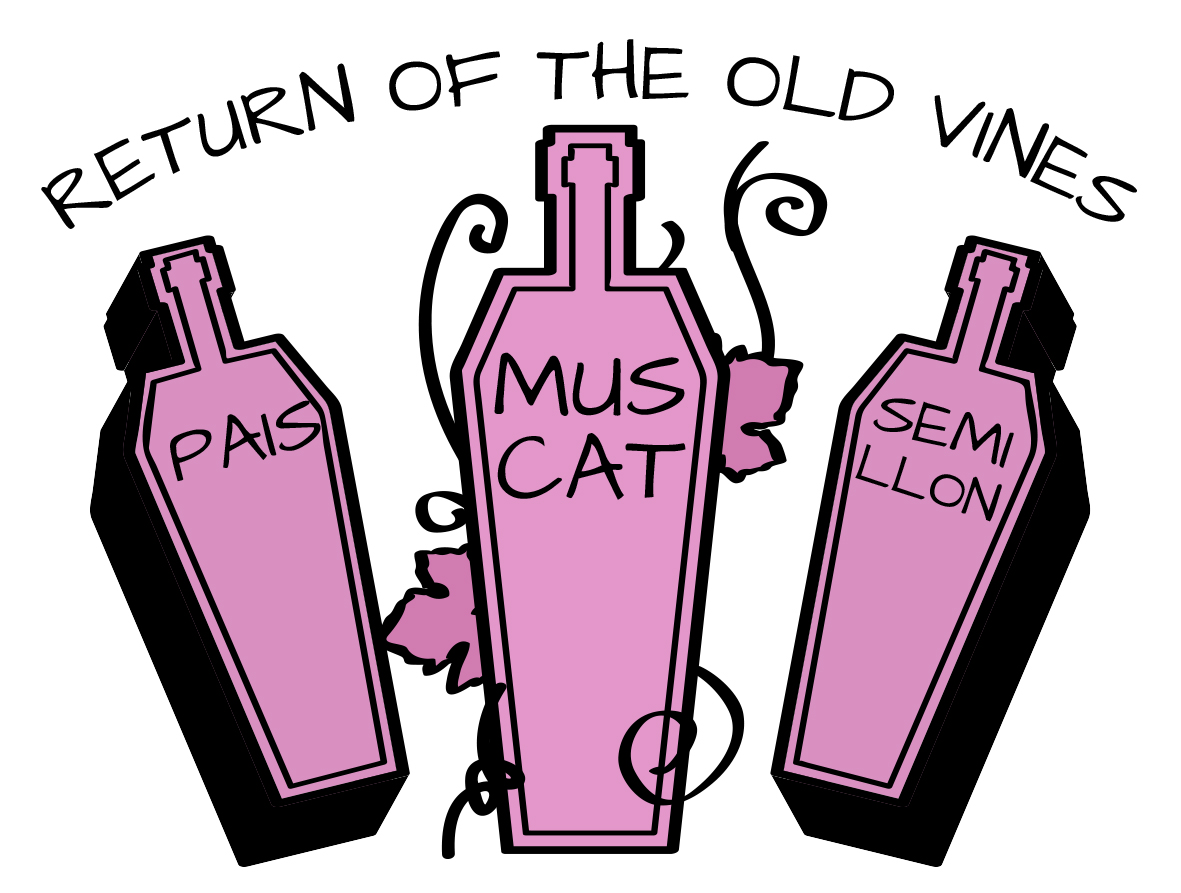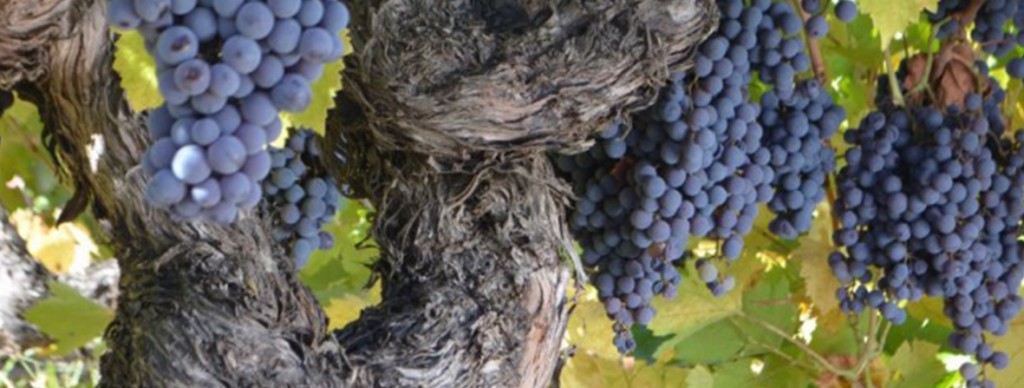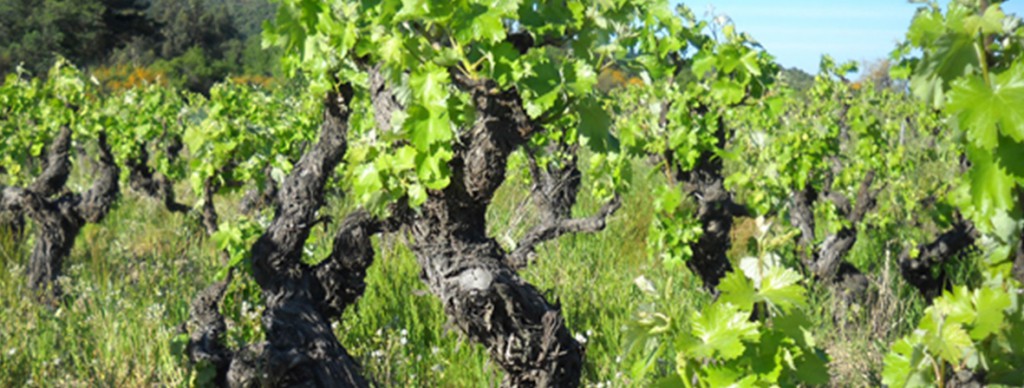Both Chile and Argentina are seeing an exciting rediscovery of old vines – and old varieties – that are proving some excellent wines worth seeking out. With the rise of Cabernet Sauvignon, Chardonnay, and even Malbec, in both countries the umbilical cord was almost cut from some of the original varieties to be planted in South America, but now we are seeing a return to these roots and the results are delicious.
Here’s a selection of five to get your mouth watering:
Pais (Chile)
It is perhaps a delightful irony that Chile’s Pais grape, which translates as country in english, is leading the nation’s return to their deepest rooted heritage in winemaking. Also known as Criolla in Argentina, and the mission grape in the US, Pais was one of the first grapes to be brought to Chile when the Spanish conquistadors landed and began producing wine in the 16th century. It was one of the most widely planted grape varieties in all of Chile until the vinicultural french revolution took place a couple hundred years later.
Floundering below the line of recognition for centuries, Pais was condemned to cheap table wine. However in the last couple years, winemakers and viticulturists in Chile have rediscovered this variety and brought about with it a return to ancestral winemaking techniques. Pais vines planted in Maule, Itata and Bio Bio can date back well over 200 years in age, and the quality of these old vines, which are now dry harvested, has re-enchanted winemakers across the country.
At the heart of the Pais wine movement are ancestral winemaking techniques, which in more fashionable terminology would be considered ‘natural winemaking’. With minimal intervention in the winery (or often garage), organic and dry-harvested old vines, these wines are usually small production and available in the local market or specialist natural wine merchants. Funky, earthy and often surprising, they show the old vine concentration of Pais, but also rustic fruit flavours and sometimes floral notes.
There are also many fresher, beaujolais nouveau-style carbonic maceration Pais wine with elevating aromatics and a fresh mouthfeel, as well as a handful of light and delicate sparkling wines made from Pais. Whichever your fancy, I recommend you take a wander into Chile’s oldest variety for the sake of curiosity, and hopefully pleasure.
Bonarda (Argentina)
If Pais was the most-planted red variety in Chile, Argentina’s equivalent would be Bonarda. Before the Malbec boom in the mid 90s, Bonarda was the most widely-planted red grape and suffered a similar historical treatment as Pais: downgraded to table wine and abandoned as it lost out on the fashion stakes.
Bonarda is back on the rise now though. Historically pipped as Malbec’s little brother, it was often seen as an alternative to Malbec, and vinified in the same way. In recent years winemakers have started to treat this variety differently, and more tenderly, with shorter maceration periods and some whole cluster carbonic maceration. There are a handful of much lighter, fruitier Bonarda wines that are perfect to enjoy chilled over lunch or on a Summer’s evening. The rise in light sparkling pink wines coming from the variety is also something to cast your eye on.
While most Bonarda is still shunned to the hotter, and more historical, wine regions in San Juan and the East of Mendoza, you’ll find a few new plantations popping up on prime vine-estate in the highlands of the Uco Valley, which proves just how seriously winemakers are once again taking the variety. You might have heard of Bonarda many times before, but it is worth revisiting to discover some of the newer interpretations of this older variety that acted as a building block to Argentine red wine today.
Carignan (Chile)
The more handsome sidekick of Pais, Carignan was a show-stealer back when it was first planted and is still hogging the limelight. Originally planted in Chile in order to give a bit more backbone and colour to the readily-planted Pais variety (see above), it is still arguably a grade above Chilean Pais. Planted in the same areas as Pais in southern Chile, Carignan also benefits from deep roots and old vines.
Carignan (or Cariñena in Spain) shares some of the ripe red fruit characteristics and floral nose found in European plantations, but its wild acidity and grippy tannins are somewhat tamed by a century of growth under the warm Chilean sun.
There are many Carignan wines from Chile worth trying, but perhaps the most authentic (and easily recognisable) are the VIGNO wines. In case you haven’t already been treated to a VIGNO tasting, it would be most easily summed up as Chile’s first real wine appellation. VIGNO stands for Vignadores de Carignan, and the association is made up of 18 (and counting) producers who make a wine from at least 65% Carignan, from old vines (30 years+) in Maule that are dry irrigated, goblet-trained and have been aged at least 24 months in bottle or barrel. That doesn’t mean all the VIGNO wines are similar, in fact they show quite the opposite: the great individuality and character that Chile’s old Carignan vines have developed after hundreds of years of abandonment.
Semillon (Chile & Argentina)
A stalwart of the Bordeaux blanc scene, in South America Semillon has been positively stalled for the last century – until now. At one stage the most widely-planted white variety in both countries, Semillon has plenty of roots buried either side of the Andes but it is only in the last couple years that new Semillons are coming to surface in the wine scene.
Some producers are taking Semillon to extremes, creating taut wines with electric acidity; while others are working on the textured mouth feel and body that old vine Semillon boasts. Still only produced in very limited productions, it might be tricky to get your hands on at first but once you try the new Semillon wines coming from Chile and Argentina you’ll quickly get a thirst for this wonderful white rebirth.
Muscat/Moscatel (Chile & Argentina)
Not the most glamorous grape in the vine garden, Muscat has been the backbencher of most white blends and table wines in both countries (and many parts of the world) for as long as the vine’s history stretches. Moscatel de Alejandria is of course the mother grape to Argentina’s one native variety, Torrontes, but now mamá is coming out to play too…
From San Rafael and San Juan in Argentina, a couple natural Moscatel wines with explosively aromatic bouquets and bone-dry palates have emerged from old pergola vines. While in Chile, it is Itata that is the home to the Moscatel parade: dry farmed, goblet-trained old vines also produce interesting whites that are now form part of some of the most exciting white blends in the country. Watch out boys, momma’s back!
Update: Read our new guide to Semillon’s revival; the essential guide to Criolla grapes and check out our old vine register for South America.


